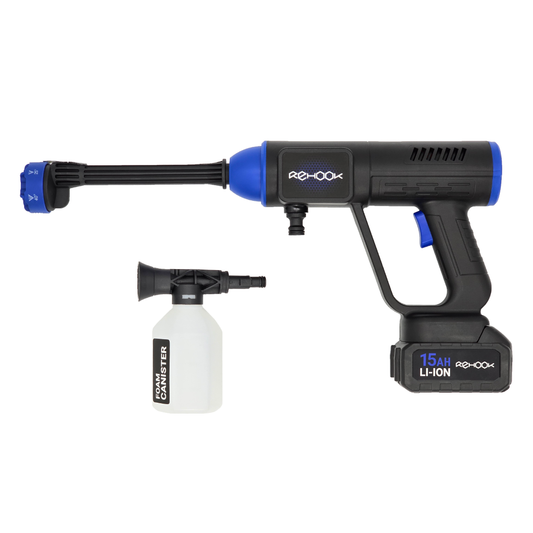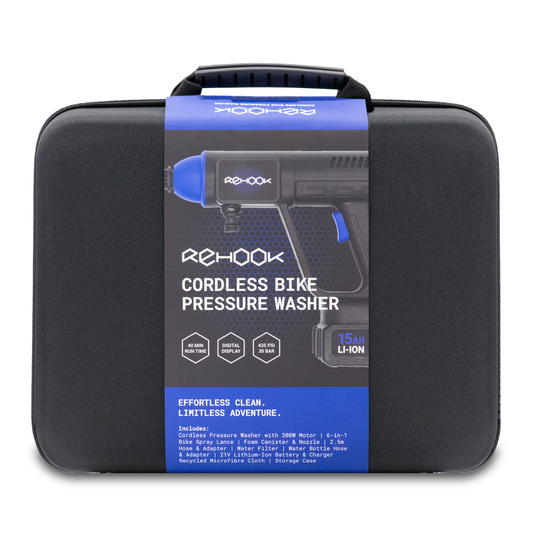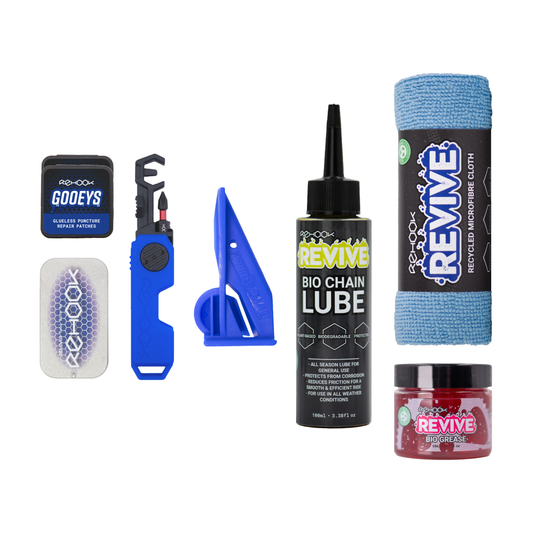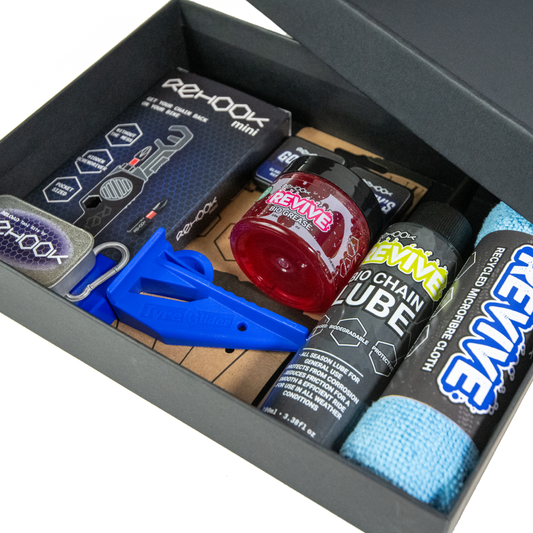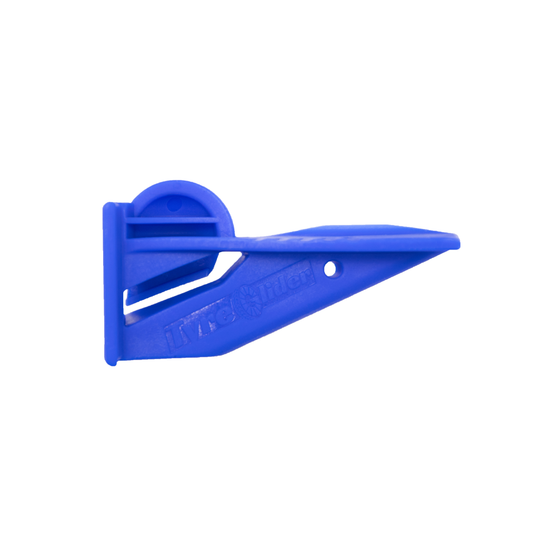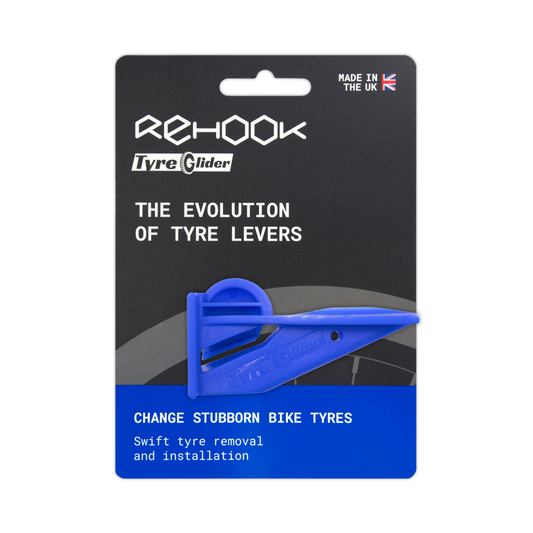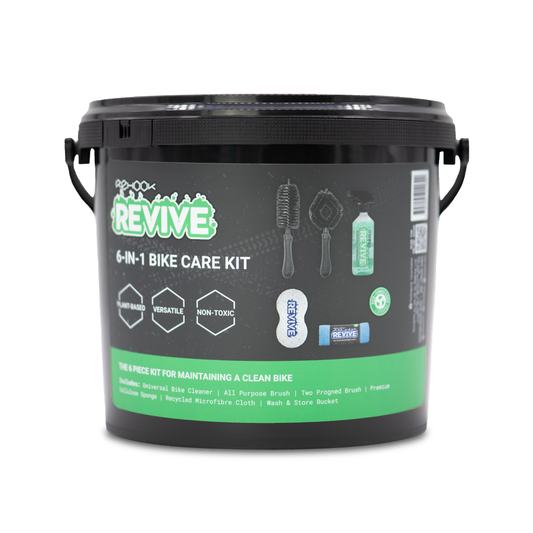puhn-chur wound
Noun
A puncture wound on a cyclist's body caused by a sharp object such as a thorn or a nail.
Example usage: I got a puncture-wound on my arm from a thorn while cycling.
Most used in: Cycling-intensive countries such as the Netherlands and Belgium.
Most used by: Commuters and mountain bikers.
Popularity: 6/10
Comedy Value: 2/10
What is a Puncture-Wound in Cycling?
A puncture-wound in cycling is a type of injury that occurs when a cyclist is pierced by a foreign object, such as a thorn or a nail. It is a common injury among cyclists, with an estimated 5-10% of cyclists experiencing a puncture-wound in a given year.
When a puncture-wound occurs, the cyclist may experience a sharp pain as the object pierces the skin. It is also not uncommon for the cyclist to experience some bleeding from the wound. If the wound is left untreated, it can lead to infection and further complications.
Cyclists should take measures to prevent puncture-wounds, such as wearing protective cycling gear and regularly checking their tires for any foreign objects. If a puncture-wound does occur, it should be cleaned and disinfected immediately to prevent infection.
.The History of the Term 'Puncture-Wound'
The term 'puncture-wound' has been used in cycling since the early 20th century. It is believed that the term originated in the United Kingdom around the 1920s. The first known use of the term was in a 1923 issue of the cycling magazine The Lightweight Cyclist.
A puncture-wound occurs when a sharp object, such as a nail, penetrates the tire and tube of a bicycle. This can cause a flat tire or a slow leak. Puncture-wounds are a common problem for cyclists, especially those who ride on roads that are not well maintained.
The term 'puncture-wound' is still widely used today to describe a flat tire caused by a sharp object. While the term may have originated in the UK, it is now used around the world to describe this common cycling problem.





